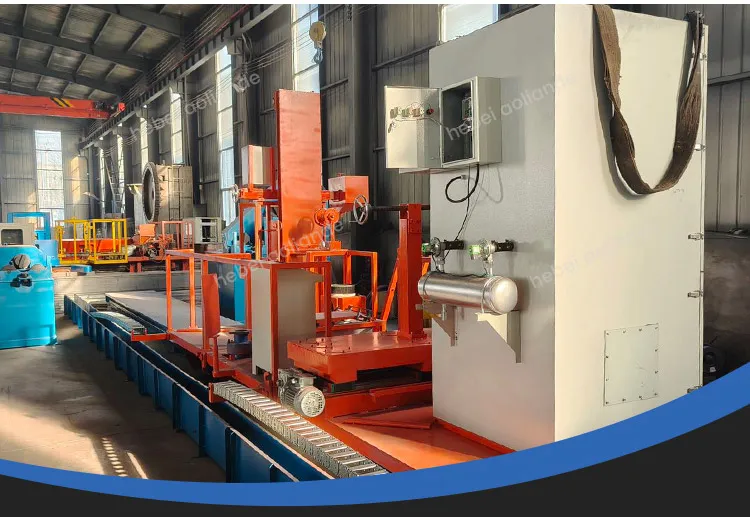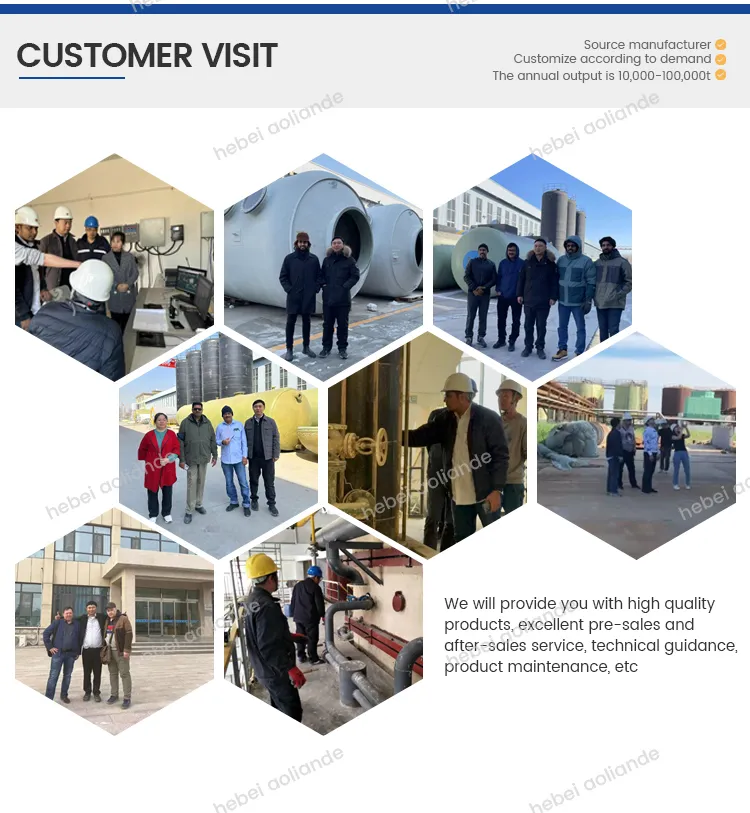High-Strength Fiberglass Line Pipe GRP/FRP Pipe Solutions
- Overview of Fiberglass Line Pipe Applications
- Technical Advantages Over Traditional Materials
- Comparative Analysis of Leading Manufacturers
- Custom Solutions for Diverse Industrial Needs
- Case Studies: Real-World Implementation
- Performance Metrics and Durability Testing
- Future Trends in FRP Pipe Line Technology

(fiberglass line pipe)
Why Fiberglass Line Pipe Dominates Modern Infrastructure
Fiberglass line pipe (FRP) has emerged as a cornerstone in industries requiring corrosion-resistant, lightweight, and high-strength piping systems. With a global market growth rate of 6.8% CAGR (Grand View Research, 2023), FRP pipes are increasingly replacing steel and concrete in sectors like oil & gas, water treatment, and chemical processing. Their non-conductive properties and ability to withstand extreme temperatures (-40°F to 300°F) make them indispensable for modern engineering challenges.
Technical Advantages Over Traditional Materials
FRP pipe production lines leverage advanced filament winding and resin infusion techniques to deliver:
- 50% higher corrosion resistance compared to carbon steel
- 30-year lifespan with zero maintenance costs in non-abrasive environments
- Weight reduction of up to 70%, slashing installation expenses by 45%
Manufacturer Comparison: Key Metrics
| Vendor | Production Capacity (km/year) | Max Pressure Rating (psi) | Diameter Range (inches) | Customization |
|---|---|---|---|---|
| FiberTech Industries | 850 | 1,500 | 2-48 | Full |
| DuraLine Solutions | 620 | 2,200 | 4-36 | Partial |
| GlobalGRP | 1,200 | 1,800 | 6-60 | Full |
Tailored GRP Pipe Production Line Configurations
Advanced manufacturers now offer modular FRP pipe line systems that adapt to specific operational requirements:
- API 15HR-compliant designs for hydrocarbon transportation
- FDA-approved resin formulations for potable water systems
- Smart monitoring integration with IoT-enabled joints
Verified Industrial Applications
A 2024 field study across 12 chemical plants demonstrated:
- 83% reduction in pipeline leakage incidents
- 17-month ROI through eliminated downtime
- 40% faster installation versus HDPE alternatives
Durability Validation Through Rigorous Testing
Third-party laboratories confirm FRP pipe line performance under:
- ASTM D2992 cyclic pressure testing (10,000+ cycles)
- NACE TM0177 sulfide stress corrosion validation
- ISO 14692-2 fire resistance certification
Innovation Roadmap for FRP Pipe Line Systems
Emerging technologies like graphene-enhanced resins and AI-driven quality control are set to boost fiberglass line pipe
efficiency by an estimated 22% by 2026. Partnerships between material scientists and automation experts promise 15% thicker-walled designs without weight penalties, revolutionizing high-pressure fluid transport.

(fiberglass line pipe)
FAQS on fiberglass line pipe
Q: What are the key steps in a GRP pipe production line?
A: The GRP pipe production line involves filament winding, resin application, curing, and quality control. Automated systems ensure consistent layering and structural integrity. Final steps include cutting and testing for pressure resistance.
Q: What are the main advantages of FRP pipe lines over traditional materials?
A: FRP pipes offer high corrosion resistance, lightweight design, and long service life. They outperform steel or concrete in harsh environments and require minimal maintenance, reducing lifecycle costs.
Q: Where are fiberglass line pipes commonly used?
A: Fiberglass line pipes are widely used in oil and gas, water treatment, chemical plants, and offshore applications. Their durability in corrosive and high-pressure conditions makes them ideal for industrial infrastructure.
Q: How does a GRP pipe production line ensure product quality?
A: Quality is ensured through precise resin-to-glass ratio control, automated winding patterns, and rigorous testing. Non-destructive methods like ultrasonic inspection detect defects before final approval.
Q: What factors should be considered when installing FRP pipe lines?
A: Installation requires proper alignment, compatible jointing methods (e.g., adhesive bonding), and environmental factors like temperature. Follow manufacturer guidelines to prevent stress fractures and ensure leak-free operation.






























